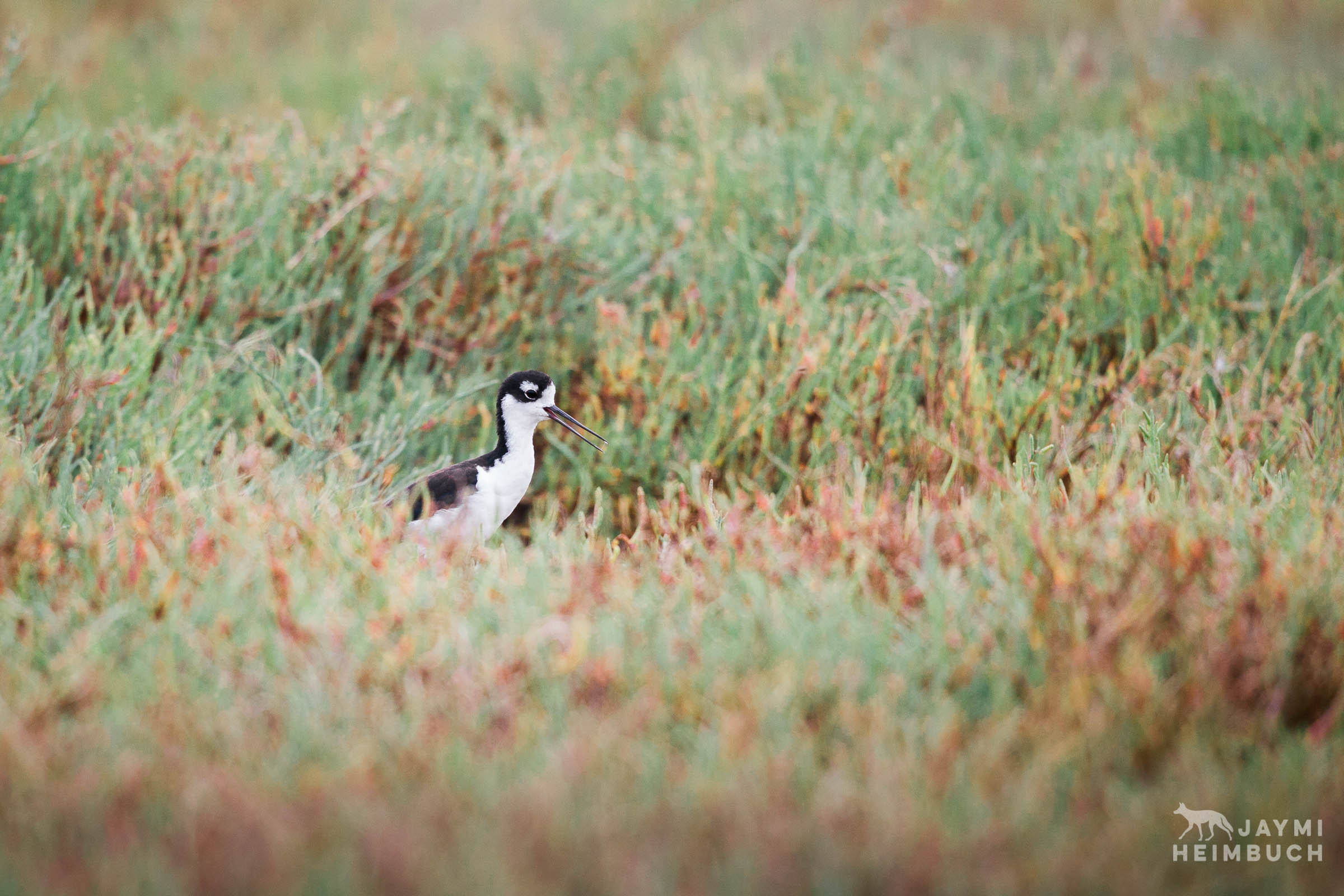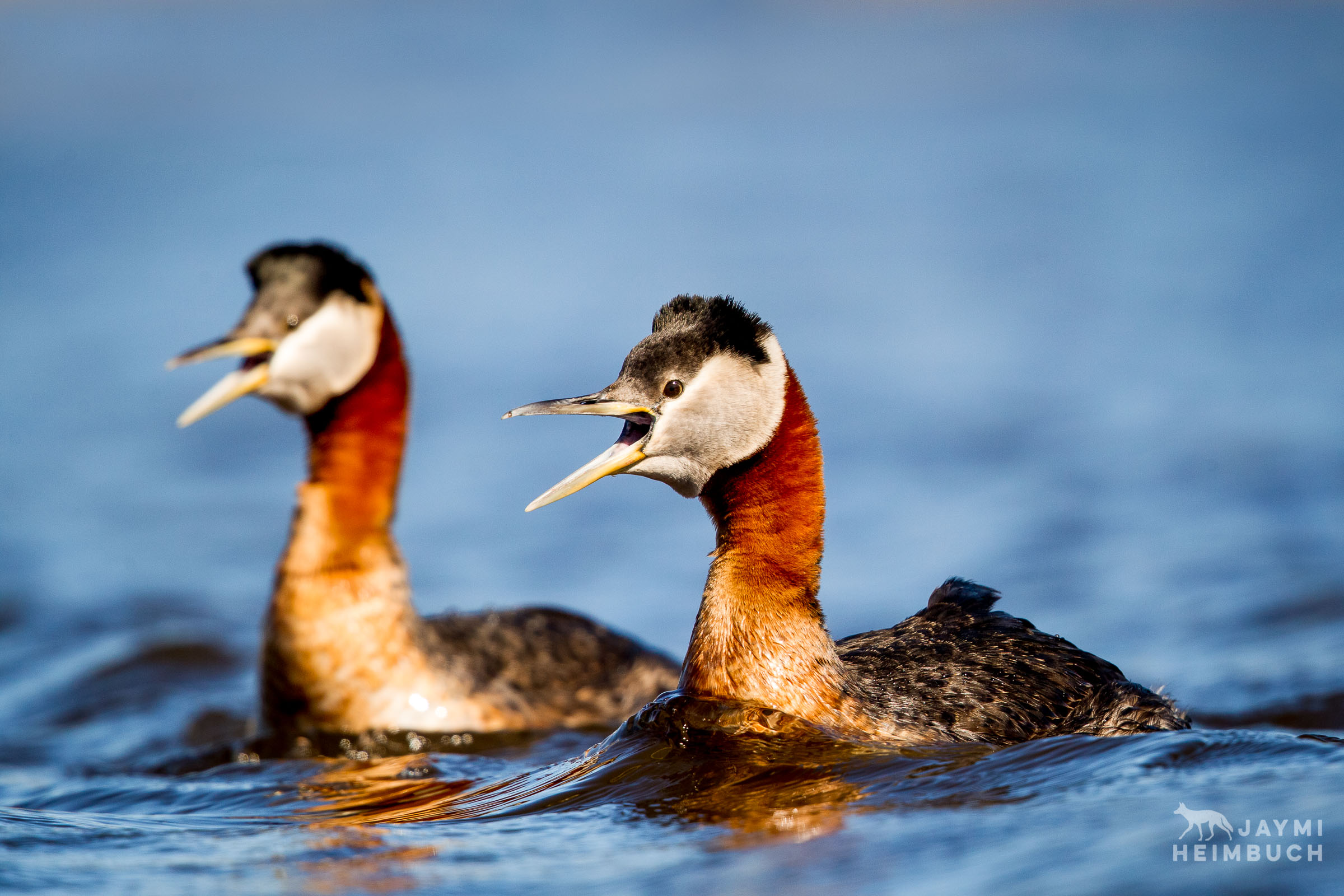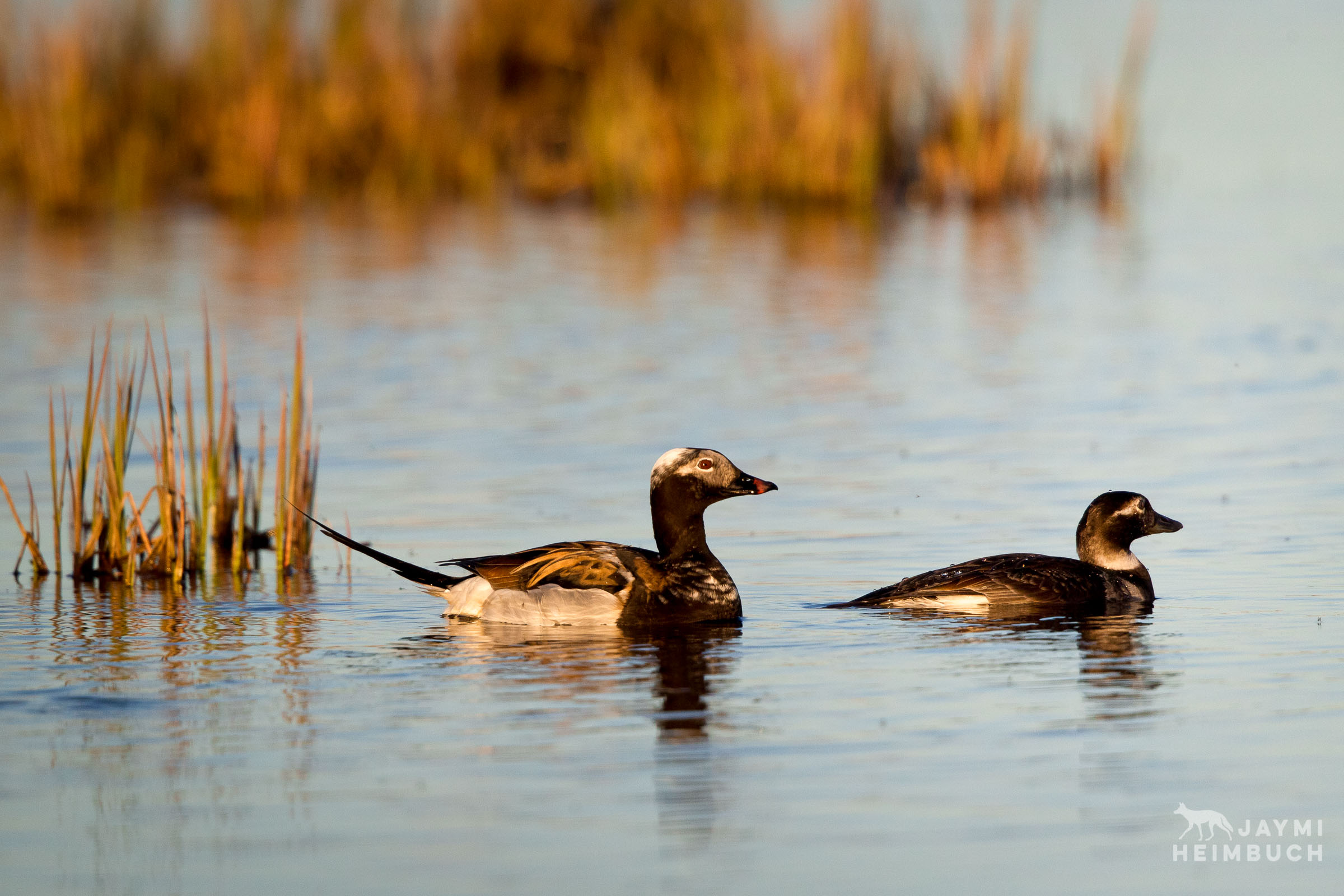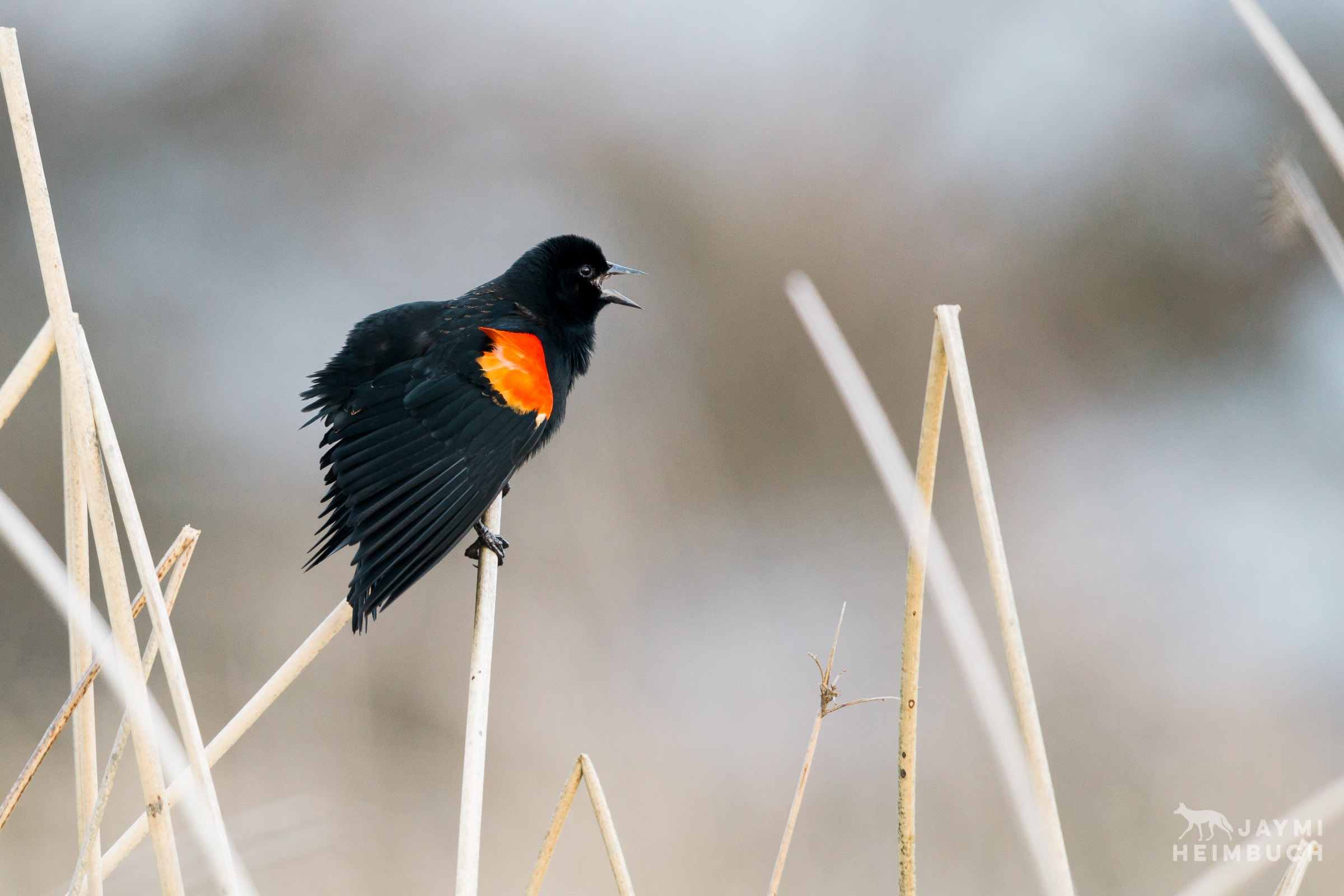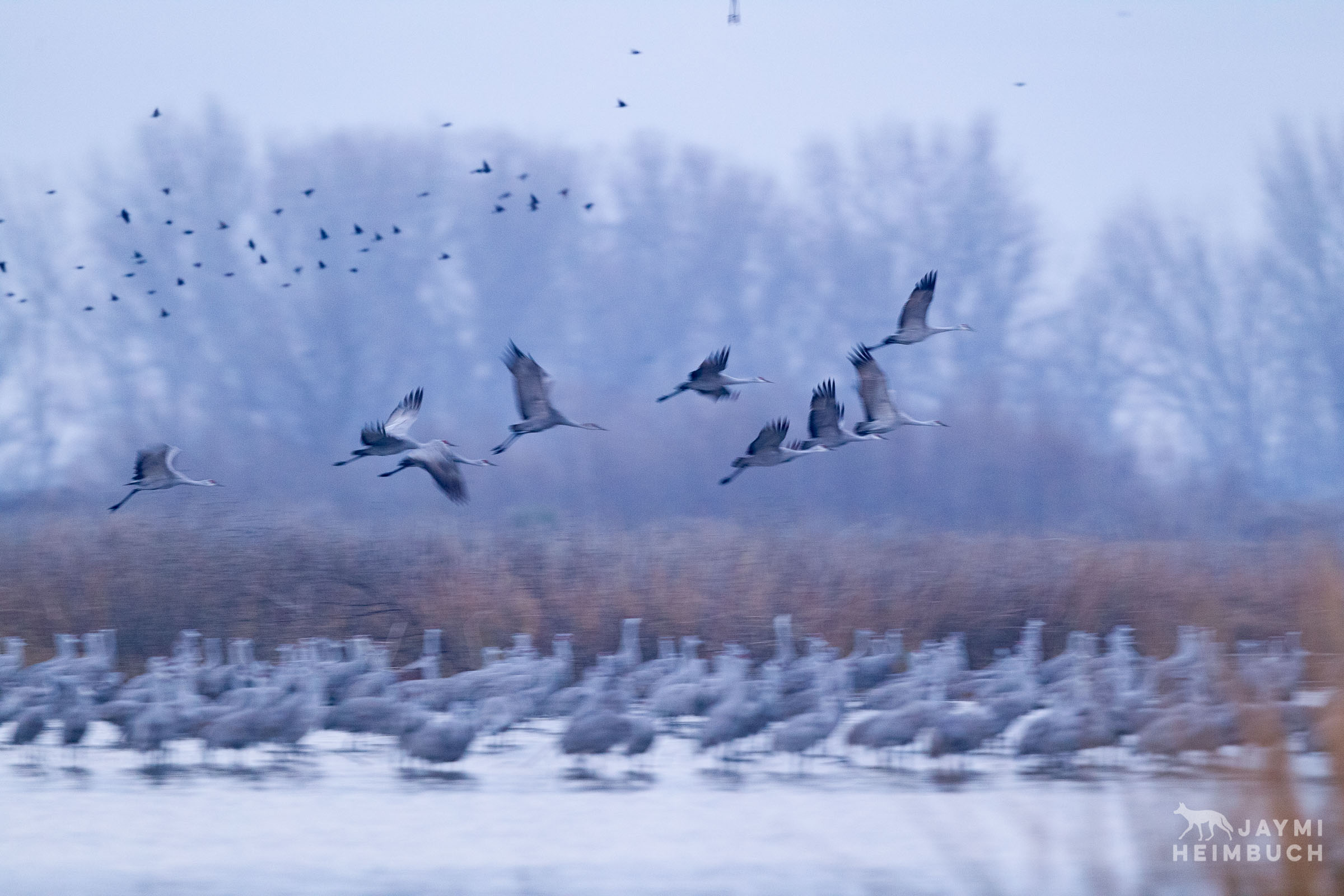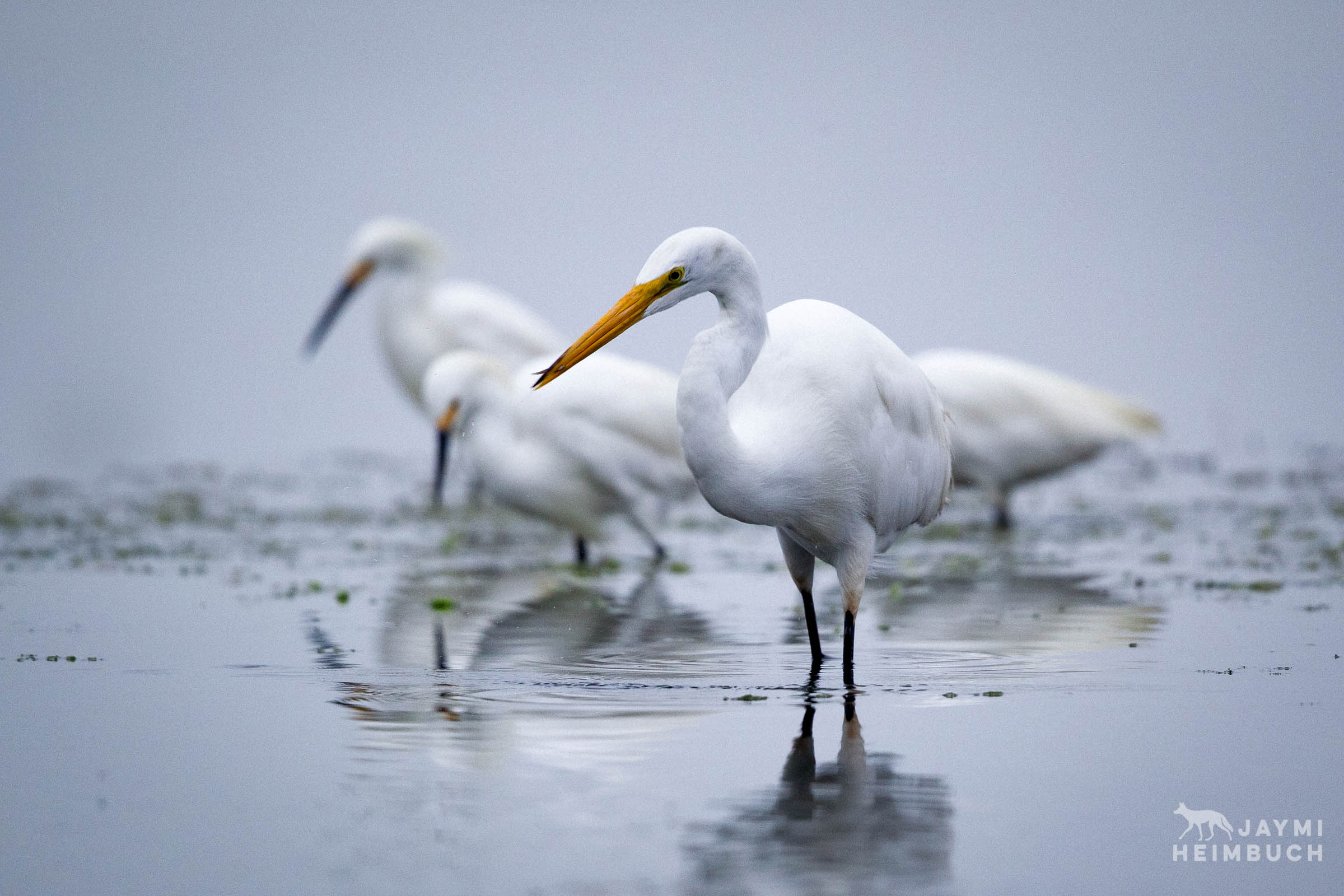Feathers And Farmland: California’s Farmers Are Critical To Bird Migration On The Pacific Flyway
[mashshare]
Every year, millions of birds take flight and wing their way along the Pacific Flyway, which runs from the northern reaches of Alaska, down the west coast of North America, through California and into Mexico. The flyway is the primary route for hundreds of species moving from nesting grounds to warm winter retreats, and includes vital rest stops along the way where birds can refuel for their long flights.
A key element to a worthwhile rest stop is water, which is a rapidly vanishing resource as California and much of the west endures a record-setting drought.
As birds head down the flyway this winter, how many will be able to survive the trek? Their fate relies on an unexpected ally: the California farmer.
Migrating and wintering waterbirds need a place to rest that includes two things: enough food to keep them going for the rest of their flight or gain strength enough to return to northern nesting grounds and have a successful breeding season, and a safe place to rest away from land-bound predators. That means wetlands, ponds and lakes — resources that are drying up or have been paved over.
“California’s wetlands once supported 40 to 80 million waterfowl each winter. As more people moved into California, 95 percent of the wetlands were converted to farmland, cities and other uses,” according to The Nature Conservancy.
Without the resources they need during migration and over-wintering, young birds likely won’t survive the journey, and adult birds with enough strength to make it back to breeding grounds are less likely to have a successful nest.
Though so much vital habitat has been converted for human use, farmland still holds hope for bird species as long as farmers are willing to play the role of conservationists during migration time.

“Over 200 bird species in California depend on agricultural habitats for at least part of their annual life cycle… Millions of waterbirds rest and feed in wetlands provided by winter flooded rice fields in the Sacramento Valley and it’s estimated that 70 percent of the food needed to support the more than 5 million waterfowl wintering in the Central Valley every year is produced by private agricultural land,” reports Audubon.
The Nature Conservancy in conjunction with California Rice Commission, Cornell Lab of Ornithology and Point Blue Conservation Science, is implementing one solution: pop-up habitats.
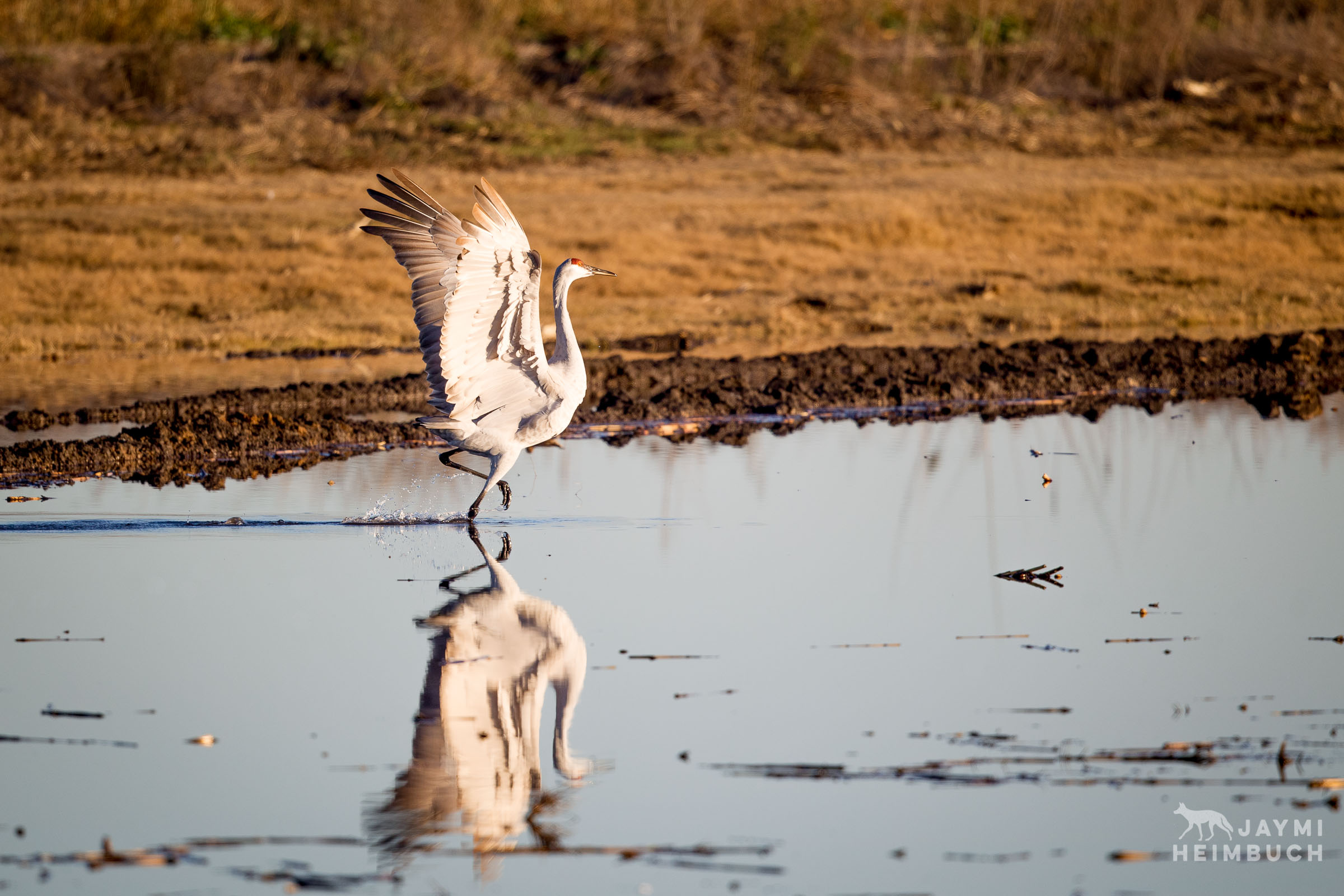
“We invest in the best quality habitat for short periods of time to maximize every drop of water,” says TNC. “The innovation behind renting the land rather than buying it permanently is where economics takes flight. Faarmers competitively bid with their neighbors to participate, yielding the best conservation outcome at the lowest price. And it’s working. This past year, we created 10,000 acres of Pop-up Habitats and found 30% more shorebirds on BirdReturns fields.”
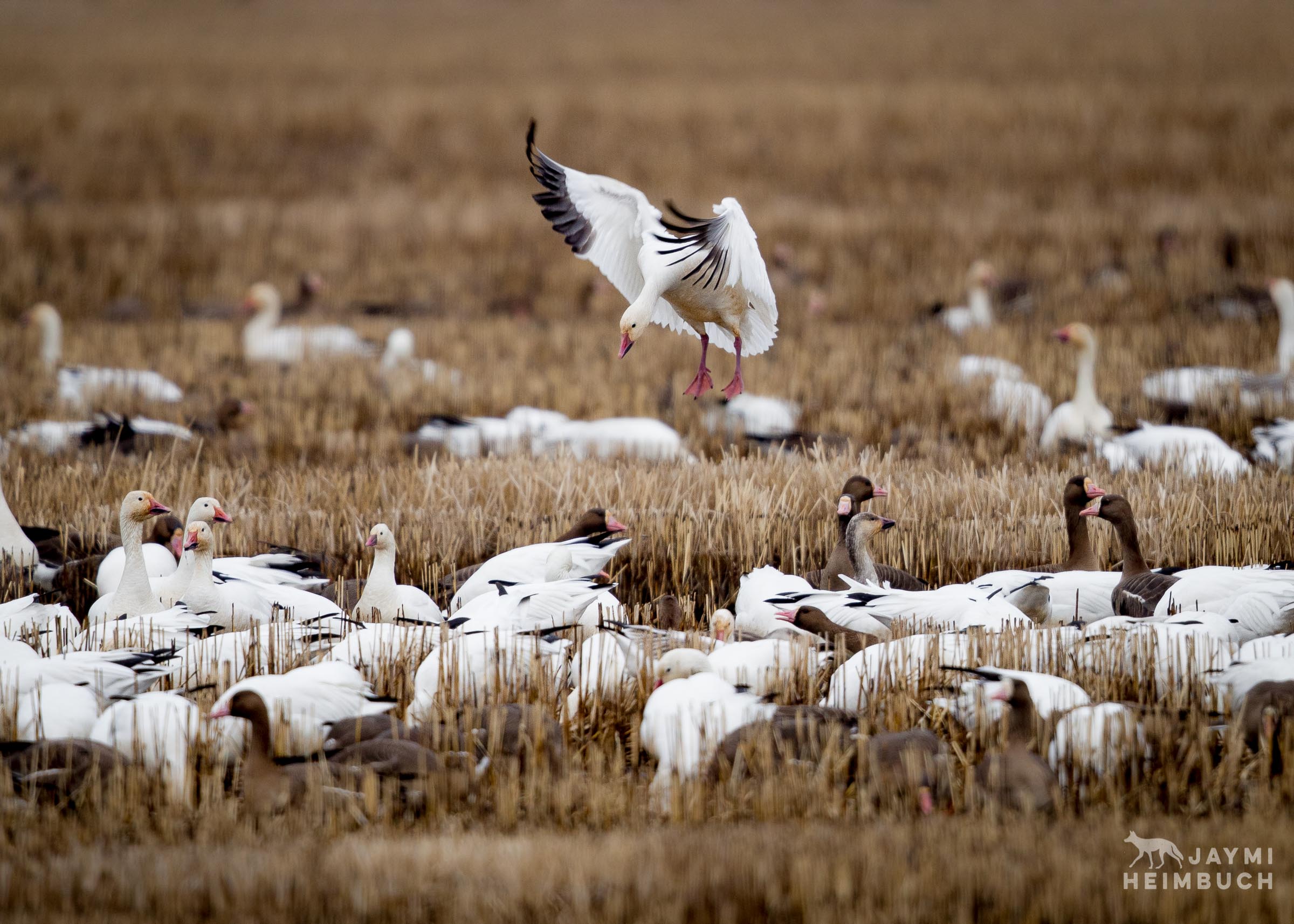
The sandhill crane is a perfect example for how farmers can help a bird species come back from the brink.
These four-foot-tall birds are famous for their courtship dances, in which partners bow and leap into the air, their wings outspread, often picking up and tossing bits of vegetation in their exuberance.
Sandhill cranes feed in fields during the day, and fly in to marshy roost sites at night, taking safety in watery habitat to minimize the threat of predators. The cranes like to stick to feeding and roosting grounds that are only a couple miles apart. But prospects for ideal wintering grounds have diminished significantly.
“Greater sandhill cranes were once common breeders throughout the intermountain West, wintering primarily in the Central Valley of California. However their populations declined drastically as a result of unregulated hunting and habitat loss during settlement of the region,” Audubon writes. “They became extinct as a breeder in Washington by 1941, when there were only an estimated 150-200 pairs remaining in Oregon. In California, the breeding population was reduced to fewer than five pairs by the 1940s.”
Though the species looked to be in a dire situation, decades of conservation efforts have increased the population. There were an estimated 465 breeding pairs in California in 2000. Key to those conservation efforts were, and still are, ranchers and farmers who make their private lands a safe place for wintering birds.
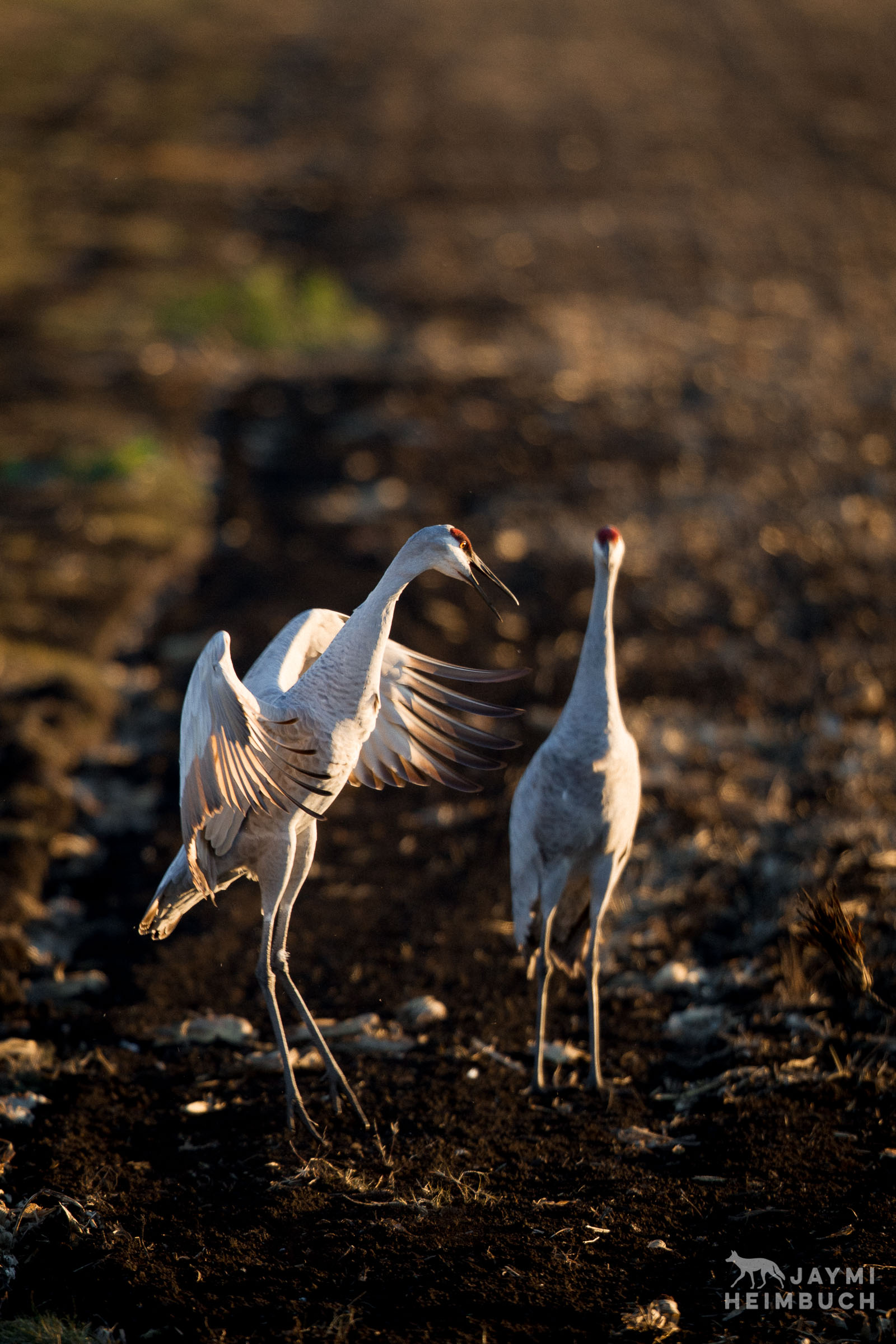
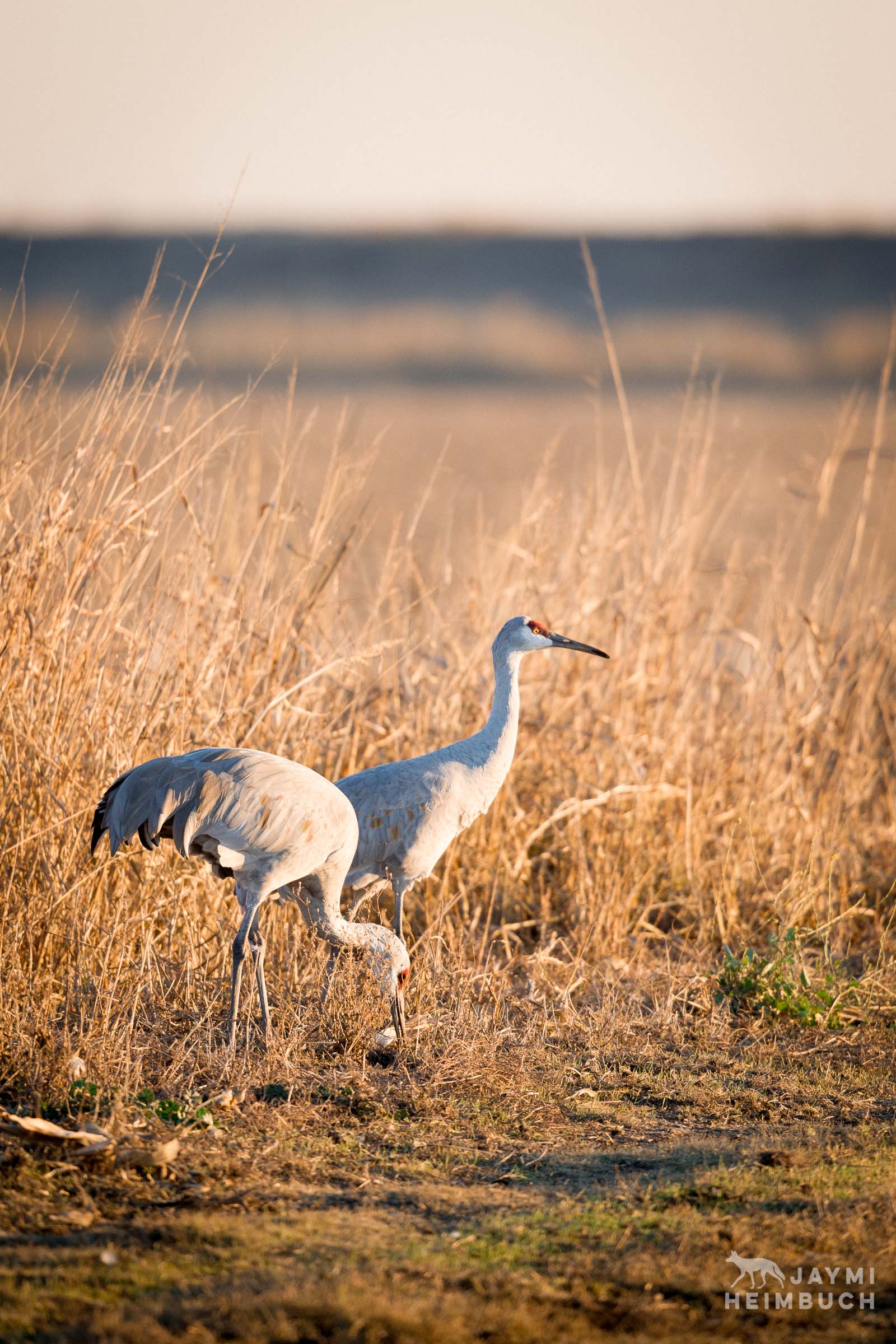
Slowly but surely, conservationists and farmers have made some headway in forming a network of managed land where both greater and lesser sandhill cranes can feed and roost.
“Since 2008, Audubon helped secure two conservation easements in northeastern California to protect ranches with irrigated pastures that support greater sandhill cranes,” Audubon states. “As part of the Migratory Bird Conservation Partnership, Audubon has an opportunity to take specific action targeting sandhill crane conservation in the valley. Working with these partners, Audubon is increasing the amount of farmland in the Central Valley that is managed specifically for sandhill cranes.”
Consumnes River Preserve and Woodbridge Ecological Reserve are two examples of reserves settled in among farmland, where cranes and myriad other migratory birds can be viewed.
The conversion of wetlands into farmlands is just one issue for the cranes. As a wetland bird, they are sensitive to water shortages and drought. Climate change, mismanagement of water resources, and habitat loss are all pieces of the big picture affecting this species as well as hundreds of other waterbird species from ducks to plovers.
Birds now need farmland to survive, including fields flooded in the winter to create wetland habitat.
The trouble, though, is that farmers can only flood their fields if there is water. And water is a dwindling resource that farmers must use carefully, if it is even available.
National Geographic reported earlier this year, “This year, there may be fewer growers planting rice and flooding their fields, depriving waterfowl of even more food and water.”
Dan Frisk, the manager of five refuges in the Sacramento area, notes that water allocations were cut by 25 percent. Frisk is “working with growers, private landowners, and environmental groups to find any water he can,” says National Geographic.
Ducks Unlimited considers California’s Central Valley the second most important and threatened waterfowl habitat in North America, and has been working hard to create conservation areas for waterfowl since the 1990s.
“Water is a crucial factor in the amount and quality of waterfowl habitat. There is even greater uncertainty over the reliability of water supplies to the Central Valley’s privately managed wetlands… About 60,000 acres of wetlands have been restored since DU’s Valley/Bay CARE (Conserving Agricultural Resources and the Environment) program began. In addition, more than 56,800 acres of existing wetlands have received long-term protection.”
Agriculture claims about 80 percent of California’s water use, and tensions have been high for decades between farmers and ranchers and conservationists. Getting the balance right between the needs of wildlife and the needs of farmers is absolutely essential to the future of both.
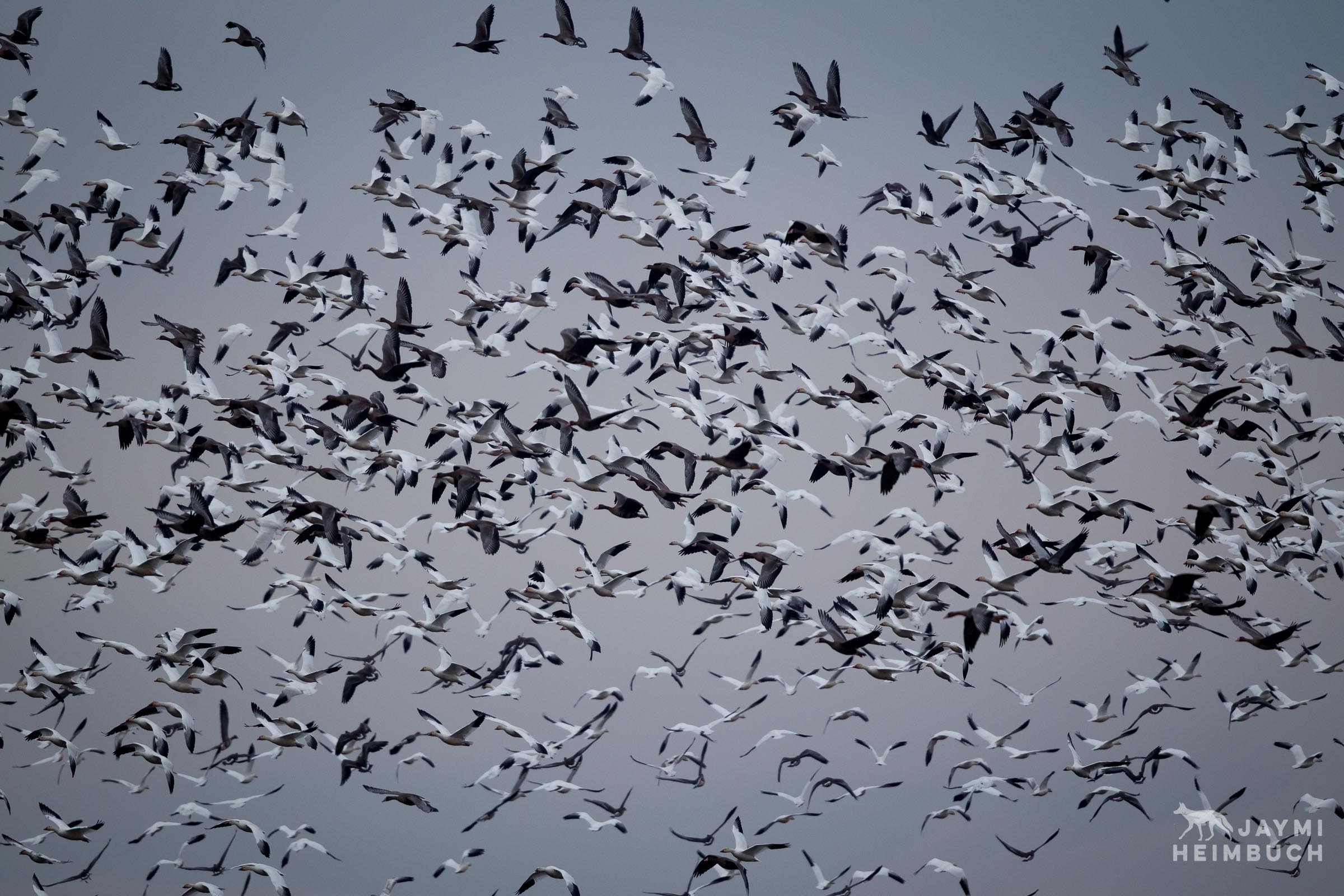
The tricolored blackbird isn’t a bird that migrates along the Pacific Flyway, but it is another example of a bird species reliant on wetland and grassy habitat, and thus now reliant on farmland that mimics its natural habitat.
This species is endemic to California and has experienced a profound decline over the last decade. Audubon California is working with farmers to try and come to solutions that both protect the species and protect farmers’ interests. Here’s a great video explaining the species’ situation:
To help conserve vitally important wetland habitat for birds along the Pacific Flyway, please visit:
Originally published November 2015

